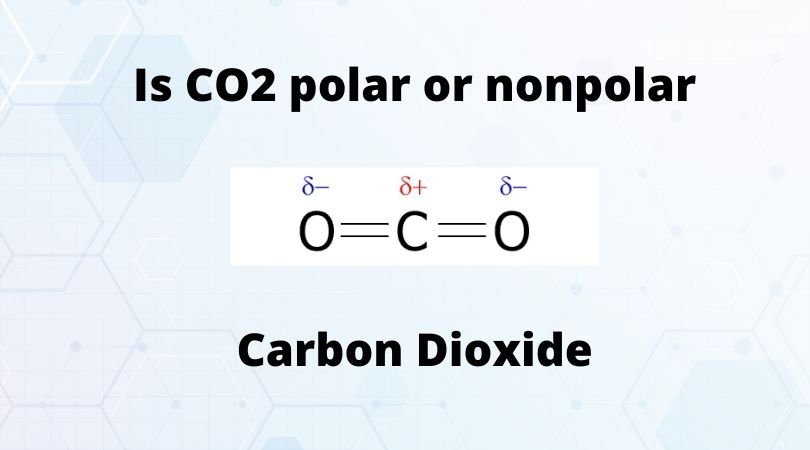Formaldehyde is one of the simpler naturally occurring aldehydes. It is generally in a gaseous state with a strong, pungent smell. When used in an aqueous state as formalin, this compound can be used to produce and synthesize several compounds in industries. Due to its properties, this is also used as a disinfectant and has also been used to preserve the tissues of the specimens. This colorless- gas compound has several uses, and thus it becomes vital to know its physical and chemical properties. To know all this, one needs to know the molecular geometry of the compound and its polarity.
To understand the molecular geometry, shape, and polarity of CH2O , let us first quickly go through its Lewis Structure and hybridization.
In the Lewis structure of Formaldehyde, the central Carbon atom has single bonds with two hydrogen atoms and a double bond with the Oxygen atom. There are no lone pairs of electrons on the central atom, while there are two lone pairs on the Oxygen atom. Also, it has an sp2 hybridization that will help us determine the compound’s molecular geometry with ease.
CH2O Molecular Geometry
It becomes easy to study the molecular geometry of any compound once we know the Lewis structure and its hybridization. Here as one can notice, the Carbon atom is in the center and forms bonds with three atoms ( two Hydrogen atoms and one oxygen atom ). As the central atom shares all its valence electrons with Hydrogen and Oxygen atoms in the molecule, its octet is complete.
The non-bonding pair of electrons on the Oxygen atom is spread out evenly to reduce the repulsive forces between these lone pairs of electrons. As there are three electron regions around the central atom, the carbon atom’s steric number is 3. And according to VSEPR theory, it has an AX3 formula and sp2 hybridization.
CH2O Bond angle

According to the VSEPR model, the electron clouds need to be as far as possible to avoid repulsive forces. And as the central atom has no lone pair of electrons, the bonded pair of electrons are evenly spread, and every atom has a bond angle of 120 degrees with the central atom. Carbon is in the central position of the plane formed by the three electron clouds, and atoms are at the corners of the triangle. This arrangement, molecular geometry, and bond angles result in the formation of a trigonal planar shape.
Thus, CH2O is trigonal planar in shape with sp2 hybridization.
Now that we know quite a lot about Formaldehyde’s shape and molecular geometry, you would be wondering what its polarity is. Keep reading to find out if CH2O is polar or non-polar.
Is CH2O Polar or Non-polar ?
The polarity of any given compound depends on factors such as the electronegativity of the atoms in the compound, molecular geometry, and valence electrons of the compound. Here carbon atom is the least electronegative atom, and Oxygen has a higher electronegativity. This difference in the electronegativities of both these atoms causes partial negative charges on the Oxygen atom and partial positive charges on Carbon and Hydrogen atoms. This leads to the dipole moment between the atoms, and there is an imbalance of the charges in the molecule, which makes it polar. As Oxygen is more electronegative, it tries to pull the bonded pair of electrons to its side and hence increase the negative charge on the Oxygen atom.

Summary
So to summarize this blog, we can conclude that:
- CH2O has a molecular geometry of AX3, trigonal planar shape, and an sp2 hybridization.
- It is a trigonal planar in shape with bond angles of 120 degrees.
- It is polar due to the difference in the partial charges on Carbon and Oxygen atom.
- Formaldehyde has two lone pairs of electrons on the Oxygen atom and no lone pairs on the central atom.



CH2O Molecular geometry, Polarity, Bond angle & Shape this information is very helpful for me! Thank you for sharing this information.